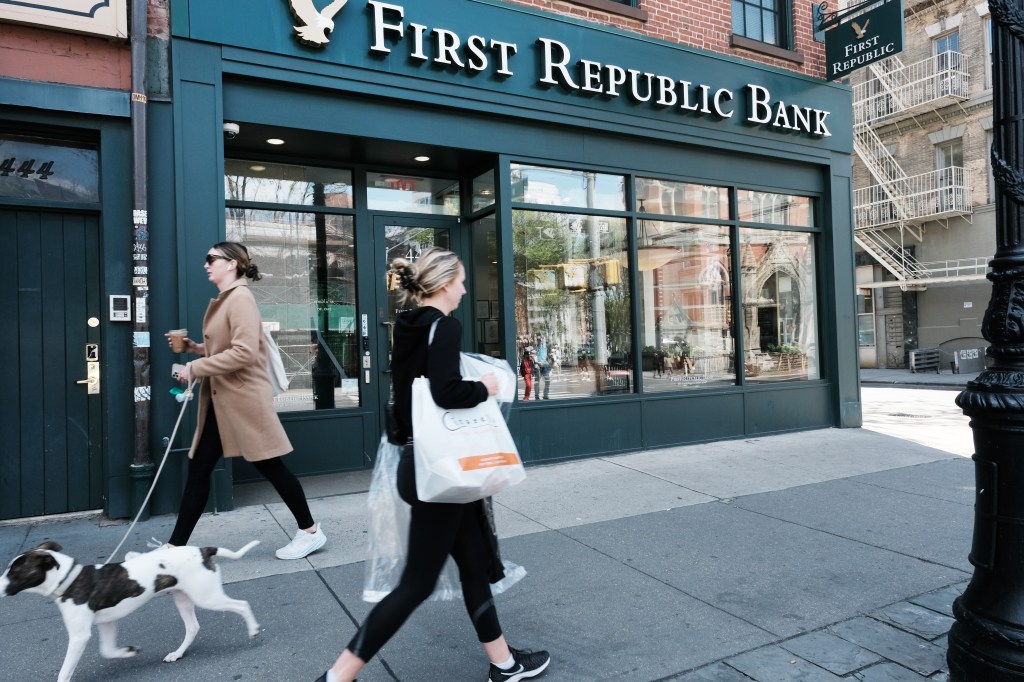JPMorgan Chase agreed to acquire First Republic after the bank was seized by financial regulators early Monday—after efforts to rescue the regional lender over the weekend failed to materialise—leading to the third major American bank failure of 2023.

As part of the deal, JPMorgan Chase will assume all of First Republic’s deposits and a substantial majority of its assets, the Federal Deposit Insurance Corporation (FDIC) said in a statement.
The deal comes after efforts to rescue the troubled regional bank fell through and First Republic was shut down by California regulators on Monday, with the FDIC taking over as receiver.
As part of the deal, the FDIC has agreed to share losses from the transaction with JPMorgan and the federal agency estimates its Deposit Insurance Fund will take a $13 billion hit.
The statement adds that all depositors of First Republic will retain full access to their funds as they now become depositors of JPMorgan.
According to the FDIC, First Republic held total deposits of $103.9 billion as of April 13 and this appears to have shrunk over the past few weeks as JPMorgan said it expects to assume control of approximately $92 billion of deposits.
JPMorgan will also assume approximately $203 billion worth of First Republic’s assets, including $173 billion of loans and around $30 billion of securities.
Big Number
$229.1 billion. That is the total value of assets held by First Republic as of April 13, according to the FDIC. This make First Republic’s collapse the second largest bank failure in U.S. history, eclipsing even the failure of Silicon Valley Bank in March, which held assets totaling $209 billion at the time of its collapse.
Crucial Quote
JPMorgan CEO Jamie Dimon said of the deal: “Our government invited us and others to step up, and we did.” Dimon added the bank’s bid was designed “in a way to minimize costs to the Deposit Insurance Fund.”
Key Background
Last week, First Republic saw its shares tumble to all-time lows—down to 97% since the start of 2023—after the bank shared its 2023 first-quarter earnings report. In the report, the lender disclosed that it had seen a sharp rise in the outflow of assets with the bank’s net deposits dropping by 41%. The bank’s total deposits stood at $105 billion at the end of Q1, well below analyst predictions of $135 billion.
The slump occurred despite a group of large banks banding together to infuse $30 billion in deposits into First Republic in mid-March, before the end of the first quarter, with the intention to shore up depositor confidence in the bank and prevent a bank run.
The failure of First Republic follows the sudden collapse of Silicon Valley Bank and Signature Bank in March, which raised fears of a broader contagion in the banking sector. Federal Regulators were forced to step in to secure all deposits at Silicon Valley Bank and Signature Bank in an effort to calm the markets.
This story was first published on forbes.com and all figures are in USD.
Forbes Australia issue no.4 is out now. Tap here to secure your copy or become a member here.
Look back on the week that was with hand-picked articles from Australia and around the world. Sign up to the Forbes Australia newsletter here.


